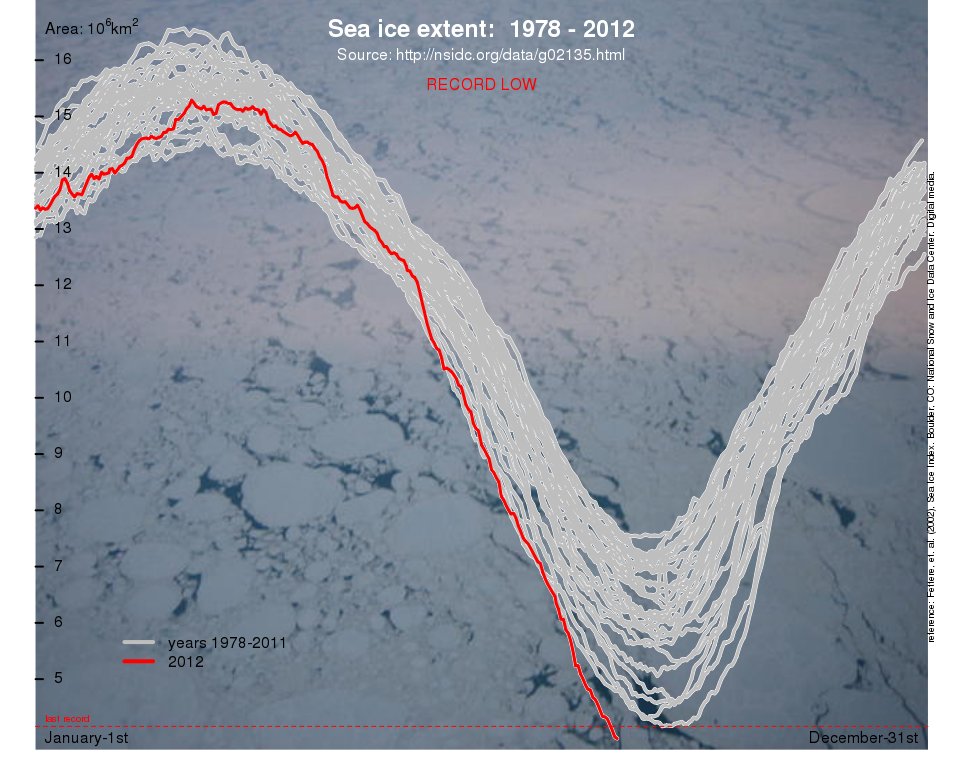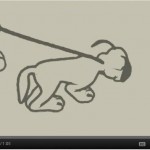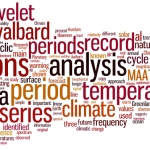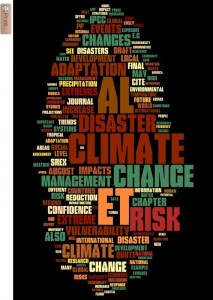We noted earlier that the Artic sea-ice is approaching a record minimum. The record is now broken, almost a month before the annual sea-ice minima usually is observed, and there is probably more melting in store before it reaches the minimum for 2012 – before the autumn sea-ice starts to form.
The figure shows annual variations in the area of sea-ice extent, and the x-axis marks the time of the year, starting on January 1st and ending on December 31st (for the individual years). The grey curves show the Arctic sea-ice extent in all previous years, and the red curve shows the sea-ice area for 2012.
(The figure is plotted with an R-script that takes the data directly from NSIDC; the R-environment is available from CRAN)
UPDATE on the update The National Snow and Ice Data Center announced today (August 27th, 2012) that the 2007 record has now been broken by their more conservative 5-day running average criterion. They also note that “The six lowest ice extents in the satellite record have occurred in the last six years (2007 to 2012).”




